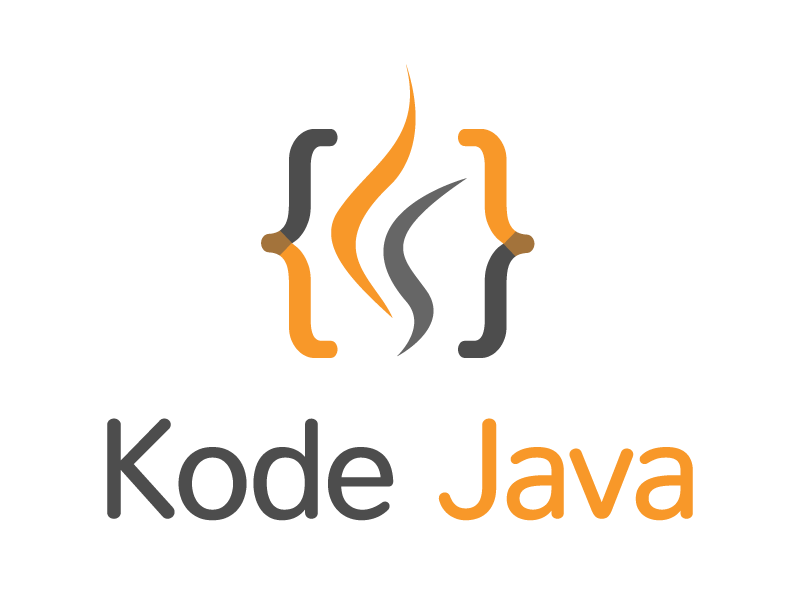In Java, the NumberFormat class of java.text package can be used to format numbers. For formatting a number as a percentage string with fraction digits, you can use the getPercentInstance() method that returns a percentage format for the current default Locale.
Here is a sample code snippet showing how to format a number as a percentage string with two digits of fractions:
package org.kodejava.text;
import java.text.NumberFormat;
public class FormatPercentage {
public static void main(String[] args) {
double number = 0.12345;
// Get an instance of NumberFormat for percentage
NumberFormat percentFormat = NumberFormat.getPercentInstance();
// Set the fraction digits - change this value to control the
// number of fraction digits.
percentFormat.setMinimumFractionDigits(2); // set the minimum
percentFormat.setMaximumFractionDigits(4); // set the maximum
// Format the number as a percentage
String formattedPercent = percentFormat.format(number);
System.out.println("Number as percentage: " + formattedPercent);
}
}
Output:
Number as percentage: 12.345%
In the above example, 0.12345 will be formatted as 12.35% because we have set the MinimumFractionDigits to 2 which means up to two decimal points will be included in the formatted percentage. If we also set the MaximumFractionDigits it will allow us to have up to four decimal points in the output value, here we have 12.345%.
Note that the actual percentage is calculated by multiplying the number by 100, so 0.12345 becomes 12.345% and then rounded to 12.35% (because of the fraction digits setting, in this case we only set the minimum fraction digits to two decimal points).
We can also use the DecimalFormat class. The DecimalFormat class in Java is used to format decimal numbers. It is a subclass of NumberFormat and you can customize the format of your number using it.
Here’s a simple example of how you can format a number as a percentage string using DecimalFormat:
package org.kodejava.text;
import java.text.DecimalFormat;
public class DecimalFormatPercentDemo {
public static void main(String[] args) {
double number = 0.123;
// Create a new DecimalFormat instance with a percentage pattern
DecimalFormat df = new DecimalFormat("#%");
// Set the number of fraction digits
df.setMinimumFractionDigits(2);
// Format the number into a percentage
String percentage = df.format(number);
System.out.println(percentage);
}
}
This program will output 12.30%
The "#%" pattern means that the number should be formatted as a percentage. And df.setMinimumFractionDigits(2); means that the decimal will be formatted to two places.
The DecimalFormat will automatically multiply our value by 100, which is why 0.123 appears as 12.30%.


